Newly released James Webb Space Telescope photos of a giant star that's about to go supernova could shed light on lingering mysteries about cosmic dust.
Space News & Blog Articles
SpaceX's Starship has 50% chance of success on 1st orbital flight, Elon Musk says
SpaceX's huge new Starship vehicle has a roughly 50% chance of success on its debut orbital mission, which could lift off in the next month or so, Elon Musk said.
Axiom Space to reveal Artemis 3 moonwalking spacesuits on March 15. Here's how to watch it live.
Axiom Space will showcase its moonwalking spacesuits for NASA in a live event on March 15. These spacesuits will debut on Artemis 3, the first moon-landing mission in decades, as soon as 2025.
UK launches Space City Leicester to push into the final frontier
A UK 'Space City' cluster has been established in Leicester, creating one of the biggest Enterprise Zones for space-related activities in the U.K.
Even the Calmest Red Dwarfs are Wilder than the Sun
There’s something menacing about red dwarfs. Human eyes are accustomed to our benevolent yellow Sun and the warm light it shines on our glorious, life-covered planet. But red dwarfs can seem moody, ill-tempered, and even foreboding.
For long periods of time, they can be calm, but then they can flare violently, flashing a warning to any life that might be gaining a foothold on a nearby planet.
Red dwarfs (M dwarfs) are the most common type of star in the Milky Way. This means that most exoplanets orbit red dwarfs, not nice, well-behaved G-type stars like our Sun. As astronomers study red dwarfs in greater detail, they’ve found that red dwarfs might not be the best stellar hosts when it comes to exoplanet habitability. Multiple studies have shown that red dwarfs can flare violently, emitting enough powerful radiation to render nearby planets uninhabitable, even when they’re firmly in the potentially habitable zone.
But there’s still a lot astronomers don’t know about red dwarfs and their wild nature. A new study examined 177 M-dwarfs to better understand their long-term variability. The researchers found that red dwarf behaviour is more complex than thought, and even the calmest red dwarfs are wilder than the Sun.
The study is titled “Characterisation of stellar activity of M dwarfs. I. Long-timescale variability in a large sample and detection of new cycles.” The paper will be published in the journal Astronomy and Astrophysics. The lead author is Lucile Mignon, a post-doctoral researcher from the University Grenoble Alpes and the French National Centre for Scientific Research (CNRS.)

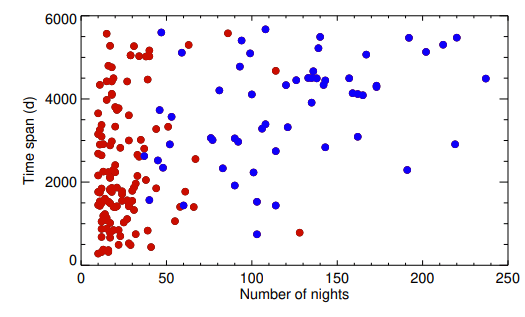
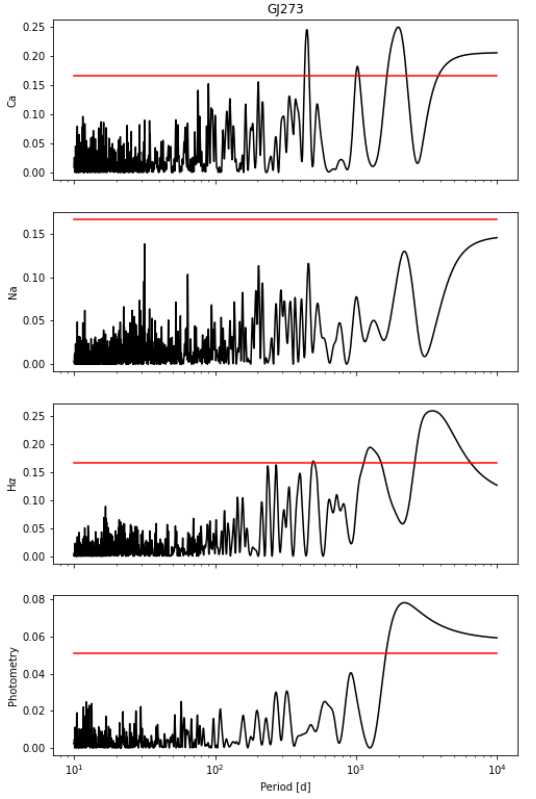
'Silo' explores post-apocalyptic life underground in new Apple TV+ series (trailer)
Apple TV+'s new series "Silo" explores post-apocalyptic life underground and is based on the best-selling novels of the same name by American author Hugh Howey.
Live coverage: SpaceX Cargo Dragon spacecraft ready for launch tonight
Live coverage of the countdown and launch of a SpaceX Falcon 9 rocket from Launch Complex 39A at NASA’s Kennedy Space Center in Florida. The Falcon 9 rocket will launch SpaceX’s 27th resupply mission to the International Space Station. Follow us on Twitter.
SFN Live
A SpaceX Cargo Dragon spacecraft packed with nearly 6,300 pounds of fresh food, hardware, and experiments for the International Space Station is counting down to liftoff Tuesday night from NASA’s Kennedy Space Center in Florida.
Liftoff of the Dragon spacecraft atop a SpaceX Falcon 9 rocket is set for 8:30:41 p.m. EDT Tuesday (0030:41 GMT Wednesday) to kick off a day-and-a-half pursuit of the space station. There is an 80% chance of favorable weather for liftoff Tuesday night from pad 39A at Kennedy Space Center, with a slight chance of thick clouds that could violate a weather rule for launch.
The resupply flight will be SpaceX’s 27th cargo deliver mission to the International Space Station, a series of logistics launches that began in 2012 under a multibillion-dollar Commercial Resupply Services contract with NASA.
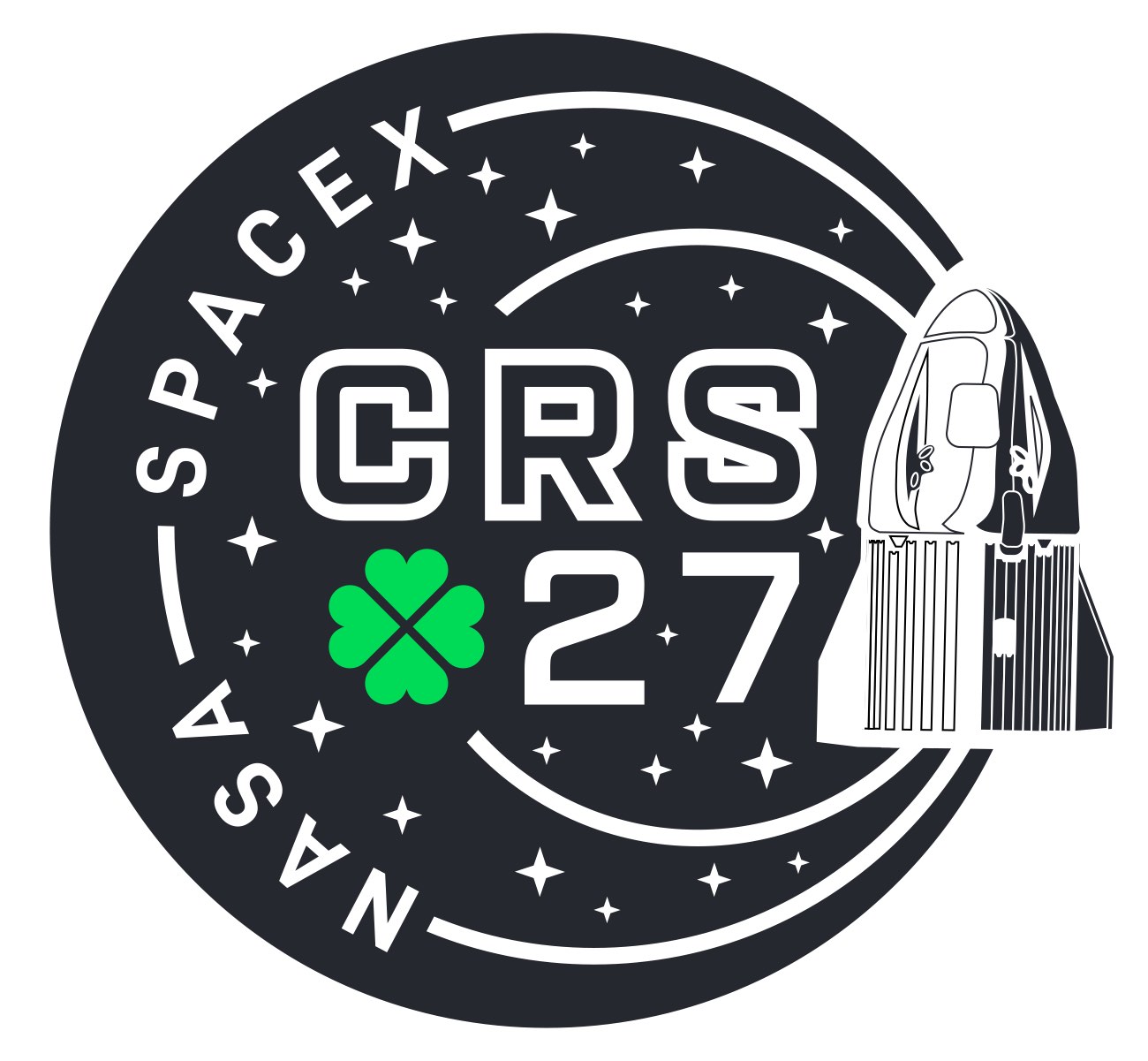
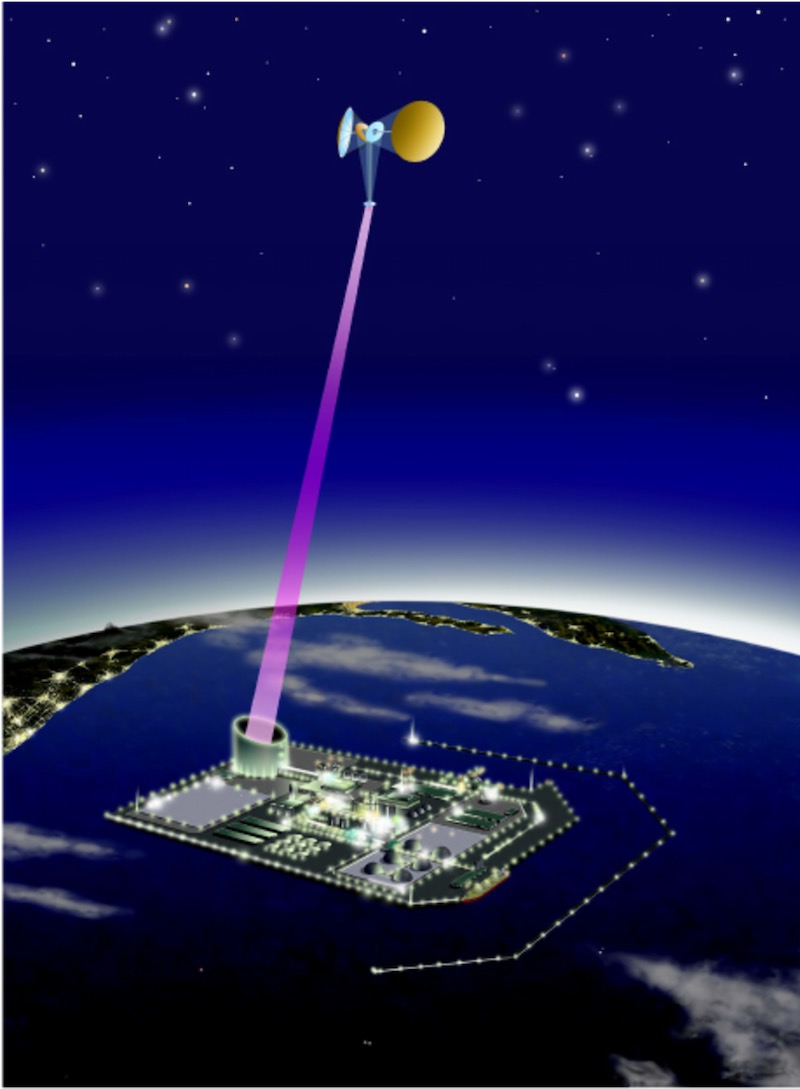
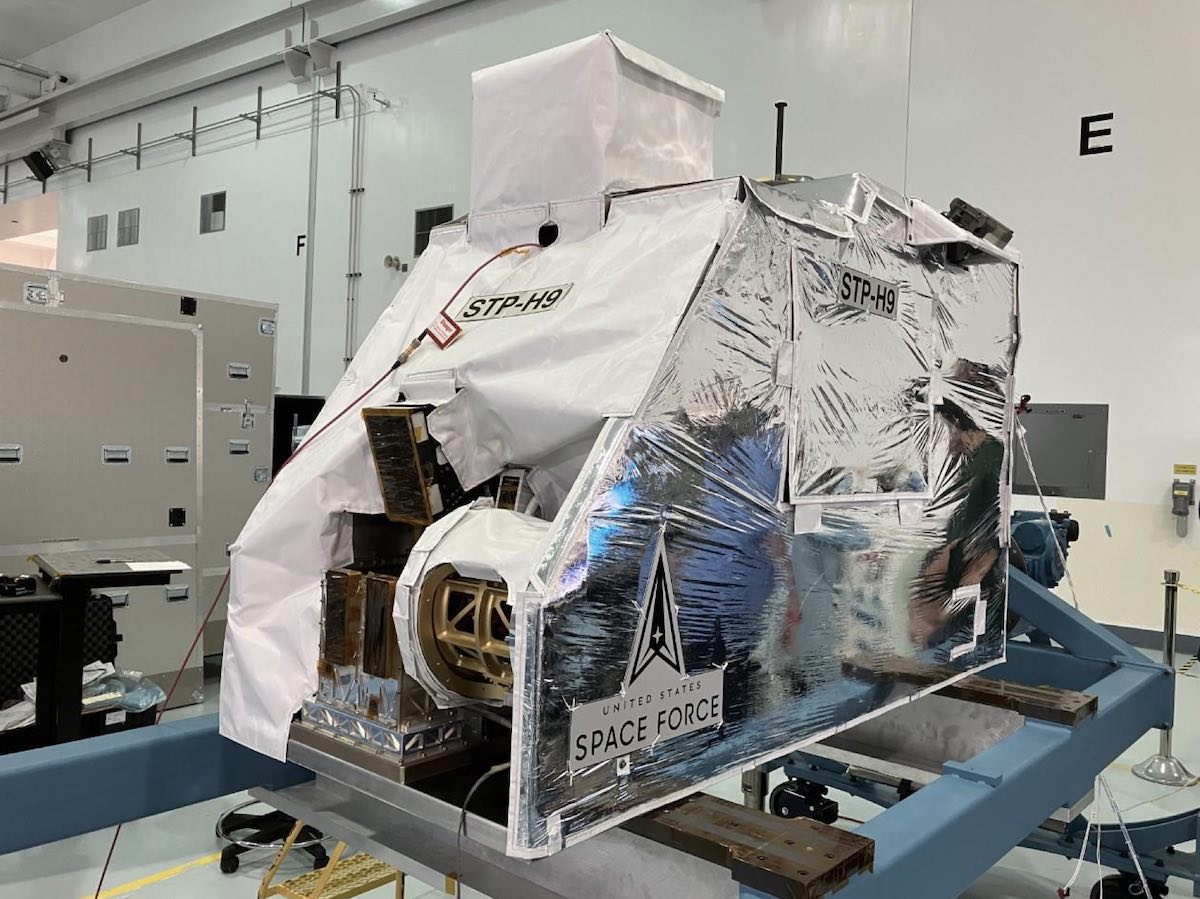
Scientists hail DART success 6 months after historic asteroid crash
Scientists shared the latest results from the DART mission this week, six months after its impact into the asteroid Dimorphos.
Facts about Venus
Venus is the second planet from the sun and is the brightest planet in our solar system. Here are some facts about Venus:
Venus has a thick, toxic atmosphere made up mostly of carbon dioxide. The surface pressure on Venus is about 90 times greater than Earth's.
Venus has a very slow rotation, taking about 243 Earth days to complete one rotation. Its day is actually longer than its year, which takes about 225 Earth days.
Venus is often referred to as Earth's sister planet because it is similar in size and composition, but it is also very different. Venus is much hotter than Earth, with surface temperatures reaching up to 864 degrees Fahrenheit (462 degrees Celsius).
Venus has no moons or rings, and its surface is covered in volcanic plains, mountains, and craters.
Stunning plasma-winged 'butterfly' coronal mass ejection erupts from the sun's far side
Astronomers spotted a massive coronal mass ejection (CME) expanding its ethereal wings as it barrelled out of the sun and toward Mercury.
Amateur Astronomers Help Provide Uninterrupted View of Venus’s Clouds
The newest observations will help astronomers understand a planetary-scale wave in the atmosphere of our sister planet.
The post Amateur Astronomers Help Provide Uninterrupted View of Venus’s Clouds appeared first on Sky & Telescope.
One of the best binoculars for kids on sale now just $30 with this half-price saving
At almost half price, we've named the Occer 12x25 after we were happily impressed during our review so we'd recommend this deep discount while stocks last
Liftoff on Mars! Perseverance rover captures amazing video of Ingenuity helicopter flight
Ingenuity's 47th flight on Mars on March 9 featured a plethora of footage from the drone, flying tens of feet above the surface, as well as its companion rover Perseverance.
Futurama reboot on Hulu: Release window, cast, where to watch, & more
The Futurama reboot on Hulu isn't far away and here's everything we know about it from release date, cast, how to watch and more.
Webb captures rarely seen prelude to a supernova
A Wolf-Rayet star is a rare prelude to the famous final act of a massive star: the supernova. As one of its first observations in 2022, the NASA/ESA/CSA James Webb Space Telescope captured the Wolf-Rayet star WR 124 in unprecedented detail.
International Space Station fires thrusters to dodge space junk
The International Space Station (ISS) had to perform a debris avoidance maneuver to dodge yet another piece of space junk on Tuesday (March 14).
Chinese rocket stage crashes to Earth over Texas
The second stage of a Chinese Long March 2D rocket that launched last year reentered Earth's atmosphere on March 7 as it passed over Texas.
Exploring Lava Tubes on Other Worlds Will Need Rovers That Can Work Together
Planetary exploration, specifically within our own Solar System, has provided a lifetime of scientific knowledge about the many worlds beyond Earth. However, this exploration, thus far, has primarily been limited to orbiters and landers/rovers designed for surface exploration of the celestial bodies they visit. But what if we could explore subsurface environments just as easily as we’ve been able to explore the surface, and could some of these subsurface dwellings not only shelter future astronauts, but host life, as well?
These are questions that a team of researchers at the University of Arizona (UArizona) hope to answer as they examine new technologies that could potentially aid both human and robotic exploration of planetary subsurface environments, including lava tubes, lava caves, and even subsurface oceans. This research comes at a particularly unique time with the NASA Artemis missions preparing to send humans back to the Moon in 2025, then hopefully to Mars, someday.
“Lava tubes and caves would make perfect habitats for astronauts because you don’t have to build a structure; you are shielded from harmful cosmic radiation, so all you need to do is make it pretty and cozy,” said Dr. Wolfgang Fink, who is an associate professor of electrical and computer engineering at UArizona, and lead author of the study.
For the study, the researchers introduced a dynamically deployed communication network (DDCN) that wirelessly connects robot explorers through a mesh topology network which not only lets each robot explorer work autonomously, but also as a team, as the network grants them unfettered communication with each other. This type of system is essential since the geological structure being explored might not be able to relay radio signal commands from astronauts on the outside to the robot explorers on the inside, so an autonomous system could be the best option to achieve mission success. The researchers refer to the DDCN as “a Hansel & Gretel-inspired breadcrumb style” communication network based on the how the system is used.
“If you remember the book, you know how Hansel and Gretel dropped breadcrumbs to make sure they’d find their way back,” explained Dr. Fink, who is also the founder and director of the Visual and Autonomous Exploration Systems Research Laboratory at Caltech and UArizona. “In our scenario, the ‘breadcrumbs’ are miniaturized sensors that piggyback on the rovers, which deploy the sensors as they traverse a cave or other subsurface environment.”


China's Zhurong Mars rover reveals seasonal wind changes in Red Planet weather report
Data collected by China's Zhurong rover shows seasonal changes in the strength and direction of winds on Mars.
JWST Sees So Many Galaxies, and It's Just Getting Started
Hubble Space Telescope’s Deep Field revealed thousands of galaxies in a seemingly empty spot in the sky. Now, the James Webb Space Telescope has taken deep field observations to the next level with its COSMOS-Web survey, revealing 25,000 galaxies in just six pictures, the first from this new survey.
“It’s incredibly exciting to get the first data from the telescope for COSMOS-Web,” said principal investigator Jeyhan Kartaltepe, from the Rochester Institute of Technology’s School of Physics and Astronomy, in press release. “Everything worked beautifully and the data are even better than we expected. We’ve been working really hard to produce science quality images to use for our analysis and this is just a drop in the bucket of what’s to come.”
Indeed, the first images to be released from the survey accounts for just 4% of the data that will eventually be collected with COSMOS-Web. The images show many types of galaxies, including spiral galaxies, examples of gravitational lensing, and evidence of galaxy mergers. The only objects in the above image that are individual stars are the ones with JWST’s signature diffraction spikes. The rest are galaxies.
COSMOS-Web is the largest program in JWST’s first year and the goal of the survey is to map the earliest structures of the universe, as well as create a deep survey of up to 1 million galaxies. With a total of 255 hours of observing time, COSMOS-Web will map 0.6 square degrees of the sky with NIRCam, roughly the size of three full moons, and 0.2 square degrees with MIRI.
Images of four example galaxies selected from the first epoch of COSMOS-Web NIRCam observations, highlighting the range of structures that can be seen. In the upper left is a barred spiral galaxy; in the upper right is an example of a gravitational lens, where the mass of the central galaxy is causing the light from a distant galaxy to be stretched into arcs; on the lower left is nearby galaxy displaying shells of material, suggesting it merged with another galaxy in its past; on the lower right is a barred spiral galaxy with several clumps of active star formation. Image credit: COSMOS-Web/Kartaltepe, Casey, Franco, Larson, et al./RIT/UT Austin/IAP/CANDIDE.The image above is a mosaic of images taken in early January by JWST’s Near-Infrared Camera (NIRCam) and Mid-Infrared Instrument (MIRI). The survey will It will gather additional data in another 77 pointings of the telescope in April and May and then a remaining 69 in December and January 2024.


